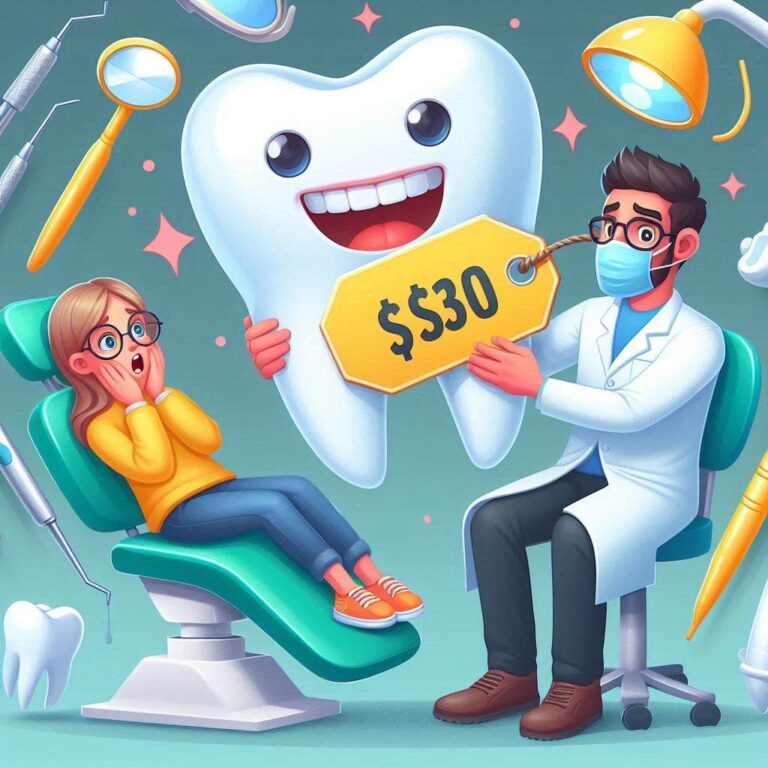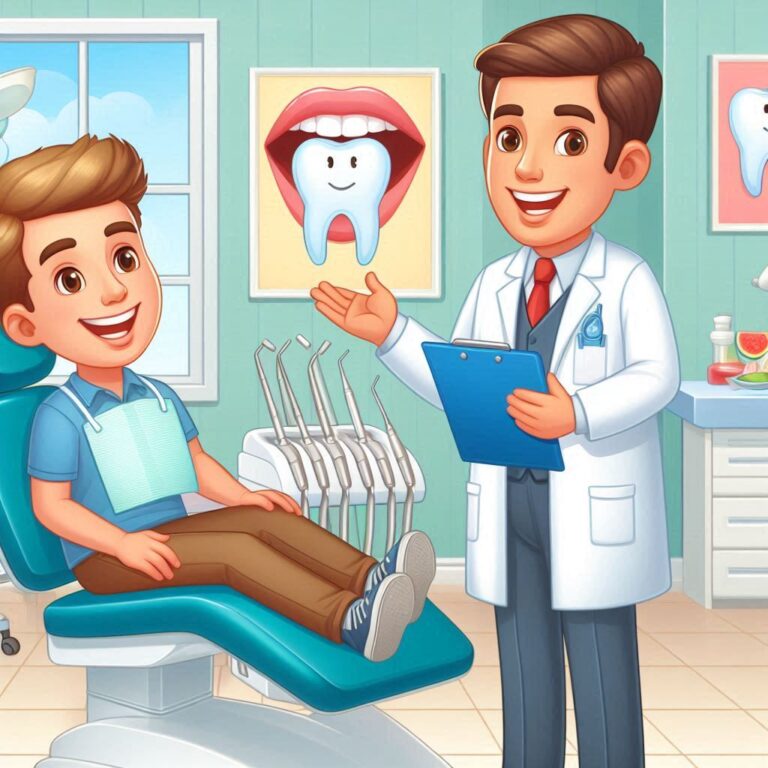Navigating Dental Discomfort: A Comprehensive Guide to $40 Tooth Extractions Greenlane Hospital
Toothaches are notorious for disrupting our lives, causing throbbing pain that can be relentless. Sometimes, the only solution is to extract the offending tooth. While the ideal scenario involves preserving your natural teeth, there are situations where extraction becomes necessary. If you’re facing dental pain and considering a $40 Tooth Extractions Greenlane Hospital, this comprehensive guide is here to equip you with the knowledge you need to make informed decisions.

Understanding the $40 Relief of Pain Service
Greenlane Hospital, part of the Auckland District Health Board (ADHB), offers a Relief of Pain service for adults 18 years and older who hold a valid Community Service Card (CSC). This initiative aims to provide essential dental care to those who might otherwise struggle to afford it. For a fee of $40, the service includes:
- Consultation: A qualified dentist will examine your teeth and diagnose the source of your pain.
- X-ray (if necessary): Depending on the complexity of the case, an x-ray may be required to get a clearer picture of the tooth and surrounding bone.
- Simple Extraction (if possible): If the dentist determines a simple extraction is suitable, they will proceed with removing the tooth. Simple extractions typically involve teeth that are visible in the mouth and have minimal root structure remaining.
What’s Not Included in the $40 Service?
It’s important to understand that the $40 service has limitations. Here’s what’s not covered:
- Anesthesia beyond local anesthetic: In most cases, a local anesthetic will be used to numb the area around the tooth before extraction. However, if you require general anesthesia due to anxiety or complex cases, there will be additional charges.
- Surgical Extractions: Extracting wisdom teeth or deeply impacted teeth often requires a surgical approach, which is not included in the $40 service.
- Cleanings or Other Dental Work: The service is strictly focused on relieving pain through extraction. If you require additional dental work like fillings or crowns, you’ll need to seek treatment elsewhere.
- Medication: Any pain medication prescribed following the extraction will be an additional cost.
Factors to Consider Before Opting for a $40 Extraction
While the $40 service offers a cost-effective solution for pain relief, here are some crucial factors to weigh before making a decision:
- Complexity of the Extraction: Simple extractions are generally straightforward. However, if the tooth is broken below the gum line, has complex roots, or is wisdom teeth, a surgical extraction might be necessary. This would require referral to a specialist and wouldn’t be covered by the $40 service.
- Dental Anxiety: If you experience significant dental anxiety, a local anesthetic might not be sufficient. General anesthesia may be needed, which incurs additional costs.
- Availability: The Relief of Pain service operates on a first-come, first-served basis and can experience high demand. Be prepared for potential wait times.
Alternatives to Consider
While the $40 service at Greenlane Hospital is a valuable resource, here are some alternative options to explore:
- Emergency Dental Clinics: Several private dental clinics offer emergency services for pain relief. Costs will vary depending on the clinic and the complexity of the procedure.
- Dental Schools: Dental schools sometimes offer discounted or free dental care provided by students under the supervision of qualified dentists.
- Dental Payment Plans: Many private dental practices offer payment plans to help manage the cost of dental care.
Preparing for Your $40 Extraction at Greenlane Hospital
If you decide to proceed with the $40 extraction service at Greenlane Hospital, here’s how to prepare:
- Gather Necessary Documents: Bring your valid Community Service Card and a list of any medications you’re currently taking.
- Arrive Early: Be prepared for wait times due to high demand.
- Maintain Good Oral Hygiene: Brush and floss your teeth as usual before your appointment.
- Eat a Light Meal: Have a light breakfast or lunch before your appointment, especially if you’re prone to anxiety.
Recovery and Aftercare Following Extraction
After your tooth extraction, it’s crucial to follow your dentist’s post-operative instructions carefully to ensure proper healing and minimize the risk of complications. Here are some general aftercare tips:
- Control Bleeding: Apply gentle pressure with a gauze pad to the extraction site for 20-30 minutes following the procedure.
- Pain Management: Take any pain medication prescribed by your dentist as directed.
- Minimize Swelling: Apply an ice pack to the outside of your cheek near the extraction site Having explored the $40 Relief of Pain service and factors to consider, let’s delve deeper into the process of tooth extraction itself.
Types of Tooth Extractions
There are two main categories of tooth extractions:
- Simple Extractions: These involve removing a tooth that is visible in the mouth and has a relatively uncomplicated root structure. Simple extractions are typically performed by a general dentist during the $40 Relief of Pain service.
- Surgical Extractions: These extractions are more complex and require an oral surgeon with specialized training and equipment. Surgical extractions are necessary for:
- Impacted Teeth: These are teeth that are unable to erupt completely through the gum line due to lack of space or other factors. Wisdom teeth are commonly impacted.
- Broken Teeth Below the Gum Line: When a tooth fractures below the gum line, a surgical approach is needed for removal.
- Teeth with Complex Root Systems: Some teeth have multiple roots or curved roots, making simple extraction difficult or risky.
The Extraction Process (Simple Extraction)
Here’s a general overview of what you can expect during a simple extraction:
- Consultation and Anesthesia: The dentist will first discuss your medical history and examine your teeth. A local anesthetic will be injected to numb the area around the tooth.
- Tooth Loosening: The dentist will use instruments to loosen the tooth in its socket, gently separating it from the surrounding bone and ligaments.
- Tooth Removal: Once loosened, the dentist will use forceps to gently remove the tooth.
- Cleaning and Closing the Socket: The dentist will clean the extraction site and may place stitches to close the gum tissue.
- Post-Operative Instructions: You’ll receive detailed instructions on caring for the extraction site to promote healing and prevent complications.
Comparison of Simple vs. Surgical Extractions
| Feature | Simple Extraction | Surgical Extraction |
|---|---|---|
| Complexity | Less complex | More complex |
| Anesthesia | Local anesthetic | Local or general anesthesia |
| Procedure Time | Shorter | Longer |
| Recovery Time | Faster | Slower |
| Cost | Typically covered by the $40 service | Not covered by the $40 service |
It’s important to note that this is a general overview, and the specific details of your extraction will vary depending on your individual case.
Potential Complications Following Extraction
While tooth extraction is a routine procedure, there’s always a chance of complications. Here are some potential issues to be aware of:
- Bleeding: Some bleeding is expected after an extraction. However, excessive bleeding can occur if you don’t follow post-operative instructions carefully.
- Infection: Proper oral hygiene and following aftercare instructions are crucial to prevent infection at the extraction site.
- Pain: Pain is a natural consequence of extraction, but it should be manageable with medication. If you experience severe or prolonged pain, contact your dentist.
- Dry Socket: This occurs when the blood clot protecting the extraction site dislodges, causing pain and delayed healing.
- Alveolar Osteitis (Dry Socket): This painful condition occurs when the blood clot protecting the extraction site dislodges, causing delayed healing and exposing the bone.
- Sinus Issues: Extractions in the upper jaw can sometimes affect the sinuses, leading to discomfort.
- Nerve Damage: In rare cases, the nerves surrounding the tooth can be damaged during extraction, causing numbness or tingling.
If you experience any of these complications following your extraction, contact your dentist or seek medical attention immediately.
The Road to Recovery: Essential Post-Operative Care
Following your tooth extraction, proper aftercare is essential for optimal healing and minimizing the risk of complications. Here are some key post-operative tips:
- Bleeding Control: Apply gentle pressure with a gauze pad to the extraction site for 20-30 minutes after the procedure. Bite down firmly on the gauze pad to encourage clotting.
- Pain Management: Take any pain medication prescribed by your dentist as directed. Over-the-counter pain relievers like ibuprofen or acetaminophen may also be helpful.
- Minimize Swelling: Apply an ice pack to the outside of your cheek near the extraction site for 15-20 minute intervals during the first 24-48 hours to reduce swelling.
- Diet: Stick to soft foods like yogurt, applesauce, and mashed potatoes for the first few days after extraction. Avoid hot, spicy, or crunchy foods that could irritate the extraction site.
- Oral Hygiene: Maintain good oral hygiene by gently brushing your teeth and rinsing with warm salt water solution (dissolve half a teaspoon of table salt in a glass of warm water) starting 24 hours after extraction. Avoid brushing directly on the extraction site for the first few days.
- Rest: Get plenty of rest to promote healing. Avoid strenuous activity for at least 24-48 hours after the extraction.
- Smoking and Alcohol: Avoid smoking and alcohol consumption for at least 72 hours after extraction. Smoking can hinder healing and increase the risk of infection. Alcohol can interact with pain medication and irritate the extraction site.
- Straws: Don’t use straws for drinking for the first few days after extraction. The sucking motion can dislodge the blood clot and delay healing.
Following these post-operative instructions will significantly increase your chances of a smooth and uneventful recovery.
Returning to Normalcy: Timeline for Healing
The healing process after a tooth extraction varies depending on the complexity of the procedure and your individual healing rate. Here’s a general timeline to give you an idea of what to expect:
- First 24-48 Hours: You may experience some pain, swelling, and bleeding. Stick to soft foods and use ice packs to reduce swelling.
- 3-7 Days: The bleeding should subside, and the swelling should begin to decrease. You can gradually introduce more solid foods to your diet.
- 7-10 Days: The stitches (if used) will be removed by your dentist. Discomfort should continue to diminish.
- 10-14 Days: The extraction site should be mostly healed, and you should be able to resume your normal diet and activities.
- 4-6 Weeks: The bone socket should be completely healed.
Remember, this is just a general timeline. It’s important to listen to your body and follow your dentist’s specific instructions for healing.
When to Contact Your Dentist After Extraction
While some discomfort is expected after an extraction, there are situations where you should contact your dentist right away. Here are some red flags to watch out for:
- Severe or persistent pain that doesn’t respond to medication
- Excessive bleeding that doesn’t stop after applying pressure for 30 minutes
- Fever or chills
- Pus draining from the extraction site
- Difficulty swallowing or breathing
- Prolonged numbness in the lip or tongue
If you experience any of these symptoms, don’t hesitate to contact your dentist or seek emergency medical attention.
Conclusion
Tooth extraction can be a daunting prospect, but with proper preparation and post-operative care, you can navigate the process with confidence. The $40 Relief of Pain service offered by Greenlane Hospital provides a valuable resource for those facing dental pain. By understanding the procedure, potential complications, and recovery process, you can make informed decisions and ensure a smooth healing journey.
FAQs
Q: Does the $40 service cover wisdom teeth extraction?
A: No, wisdom teeth extraction typically requires a surgical approach, which is not included in the $40 service.
Q: What if I need antibiotics after my extraction?
A: The cost of any antibiotics prescribed by your dentist would be an additional expense not covered by the $40 service.
Q: How long will I have to wait for an appointment at Greenlane Hospital’s Relief of Pain service?
A: Due to high demand, wait times can vary. It’s advisable to arrive early for your appointment.
Q: Can I eat solid foods after my extraction?
A: Stick to soft foods for the first few days after extraction to allow the extraction site to heal. Gradually introduce more solid foods as tolerated.
Q: When can I resume brushing my teeth normally?
A: You can resume gentle brushing and flossing 24 hours after extraction, but avoid brushing directly on the extraction site for the first few days.
Remember, this article provides general information and is not a substitute for professional dental advice. Always consult with your dentist to discuss your individual situation and the best course of treatment for your dental needs.
You might also want to check out these articles for more ideas: $40 tooth extraction christchurch


